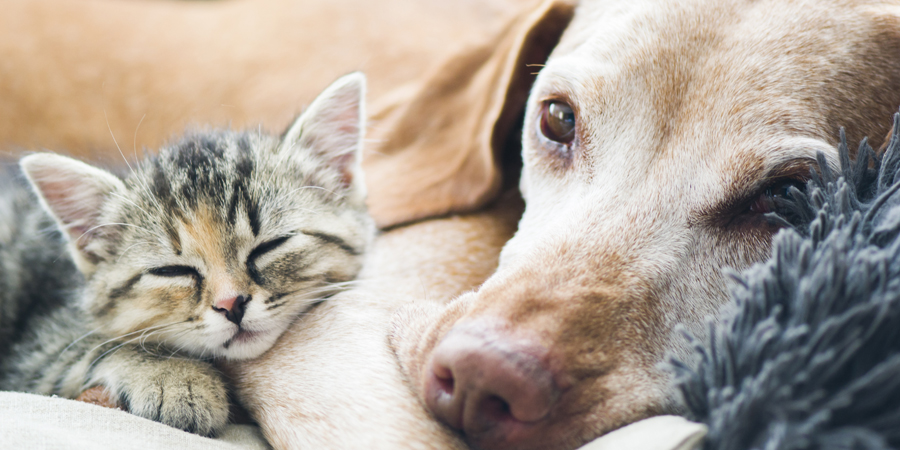 For many pet owners, the cause of incontinence in their fur family member can be as simple as a highly treatable UTI (urinary tract infection) or the harbinger of serious disease.
For many pet owners, the cause of incontinence in their fur family member can be as simple as a highly treatable UTI (urinary tract infection) or the harbinger of serious disease.
“Many pet parents struggle with incontinence issues, especially with senior dogs and cats. But there are a number of simple things that can be done to help manage incontinence,” said Dr. Laurie Brush, founder of Heaven at Home Pet Hospice.
In Younger Dogs & Cats
Uncharacteristic bouts of incontinence in young companion animals can signal a wide range of ailments, from urinary tract infections to hormone imbalances. Sometimes incontinence can be caused by endocrine disorders (such as Cushing’s and Addison’s disease) diabetes, kidney or liver disease, polyps or cancerous growths in the urinary tract or prostate and bladder stones.
“A trip to your routine care veterinarian will help rule out serious disease and give you treatment options, such as antibiotics, phenylpropanolamine or hormone therapy,” Dr. Brush said.
However, in cases caused by advancing age or a life-limiting disease, proactive palliative home care can help keep your pet comfortable.
“Incontinence is often a trigger for pet parents to evaluate the pet’s quality of life. But it doesn’t necessarily have to mean an early close to your pet’s life story,” Brush said.
Home Management
The three key goals to successful home-management is keeping your pet comfortable, reducing the cleanup time required, and ensuring that you are providing veterinary oversight for medical interventions that may improve the situation. There are many medications and supplements that can help, whether provided by a home hospice service or your routine care veterinarian.
For Dogs:
- Use waterless shampoo to keep your pet’s skin clean to avoid urine scald.
- Use absorbent waterproof bedding that’s easy to change and wash, such as medical supply waterproof pee pads.
- Use bloomers or belly-band style diapers with disposable inserts.
- Create a “safe” space where accidents are easy to clean for when you’re away.
Especially For Cats:
- Use flat litter pans that are easy to access or cut out a lower access.
- Consider keeping litter pans on a main floor.
- Ensure good pain management since arthritic pain often prevents use of the litter box.
- Pursue diagnosis for Feline Cognitive Dysfunction or anxiety.
If you’d like more help managing senior pet incontinence, contact us for a consultation.
